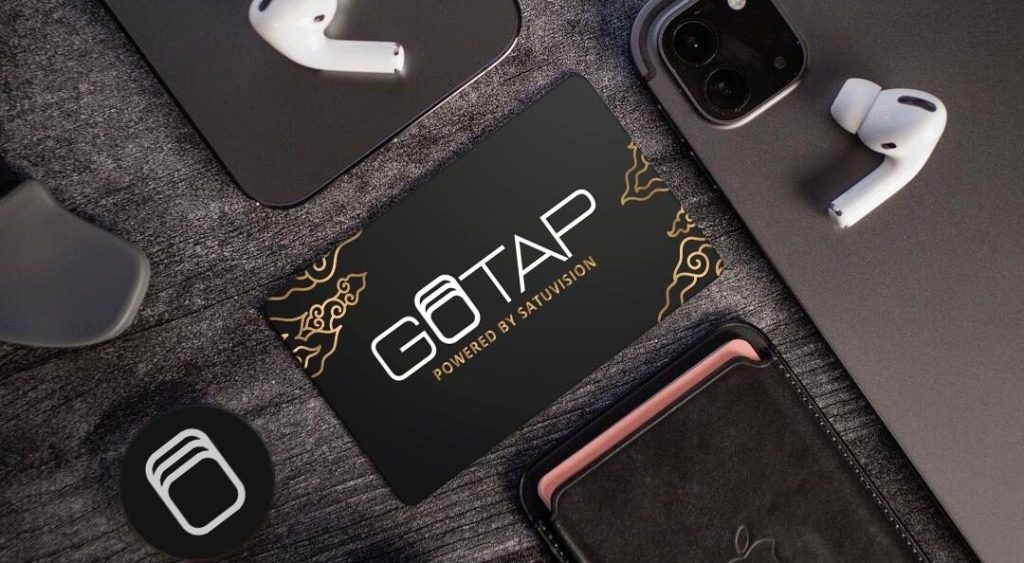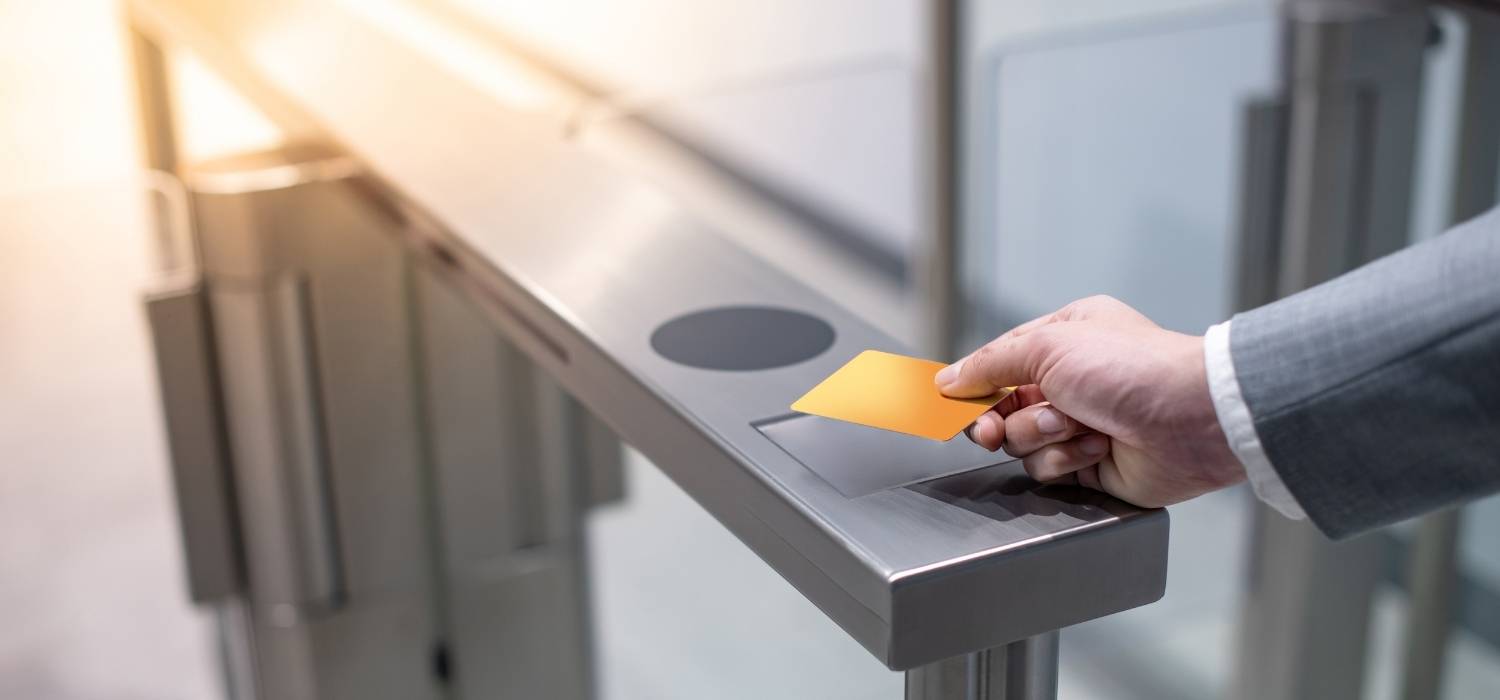Almost everywhere and anytime right now, NFC is widely used. You’ve undoubtedly seen it in your phone’s settings or heard about it on the internet. We’ll go through what NFC card is and how it works in this post.
Quick View
What is a NFC Card?

Two electronic devices can exchange information via near field communication (NFC) if they are within a certain proximity of each other. For example, wireless technology such as NFC lets you exchange data between devices up to a distance of about 4 cm.
NFC is an evolution of RFID technology, so what is RFID technology? Lets take a look of it! RFID stands for radiofrequency identification. These are technologies that use the radio frequency to track tags. These tags all come with a small antenna and a chip. They can be different shapes and sizes.
RFID tags, which are small chips that contain electronics, can be found on clothing and other expensive goods in shops. If you have seen those big devices on either side of a store entrance, those are just called RFID readers. They constantly transmit radio waves and listen for a response.
Most RFID tags are not powered, so when radio waves come from the reader, then the tag creates a small amount of electricity. The chip inside the tag is activated by electricity and sends a signal back to the reader with the data stored on it.
What happens if you try to leave a store and there’s still a tag on the item you purchased?
When the reader responds to a signal from your product’s tag, it sounds like an alarm. NFC is a newer version of radio frequency identification (RFID).
It works by using tags and readers. NFC works better than RFID. They both transfer data, but NFC is faster and can work from a distance of 4 cm/1.6 in or less. Meanwhile, RFID operates at a distance of up to 12 m/40 ft.
Contactless payments, ticketing, access control, marketing, advertising, and many other applications are possible with NFC cards.
Size and Format
The most popular type of NFC card is the sticker/tag. The tiny size of NFC tags allows them to be integrated into a variety of supports, such as a card, a wristband, a key ring, a gadget, etc. The unique code of the chip may be used to identify an object that includes an NFC Tag.
Power Supply
The fact that NFC tags do not require a direct power supply is particularly fascinating, as they are activated directly by the magnetic field of the mobile phone or device that reads them. A Tag can stay attached to a thing for years without malfunctioning.
Memory
The amount of memory accessible to NFC card varies depending on the type of chip, but it is typically less than 1 kilobyte. This may appear to be a restriction, but merely a few bytes are required to implement powerful features thanks to the NDEF data format, which has been approved by the NFC Forum. One of the most frequent marketing activities is to create a URL that links to a web page, as an example. The Tag can be used on any item, brochure, or leaflet to apply it. They provide similar functionality to a QR Code, but with a greater data capacity, making them more useful in the context of reports and campaign analysis.
Unique ID
All NFC Tags have a unique code, called UID (Unique ID), located in the first 2 pages of the memory, that are locked (can not be changed nor deleted). You may connect an NFC tag to an object or a person through the UID and create applications that identify and interact with them.
How Does It Works?
We can use an NFC Card’s available memory to store information. This data is readily available to be read (and acted upon) by an NFC device, such as a smartphone or a tablet. All we have to do is tap the card to our device! The most secure and user-friendly NFC device is the NFC Card.
Want to know more about NFC cards? Let’s get in touch with GOTAP immediately!


